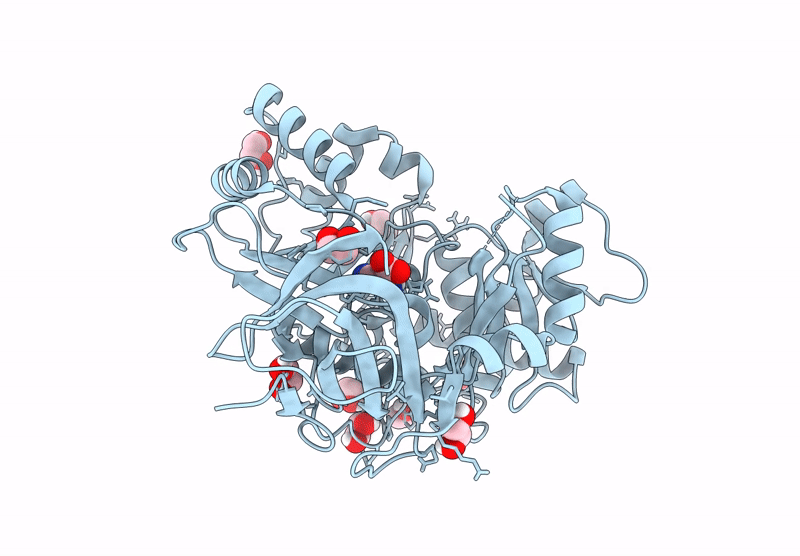
Deposition Date
2025-01-27
Release Date
2025-05-28
Last Version Date
2025-05-28
Entry Detail
PDB ID:
9N1U
Keywords:
Title:
High-resolution crystal structure of 2,3-diamino propanoic acid bound adenylation domain (A3) from Sulfazecin nonribosomal peptide synthetase SulM
Biological Source:
Source Organism:
Paraburkholderia acidicola (Taxon ID: 1912599)
Host Organism:
Method Details:
Experimental Method:
Resolution:
1.55 Å
R-Value Free:
0.16
R-Value Work:
0.14
R-Value Observed:
0.15
Space Group:
P 21 21 2


